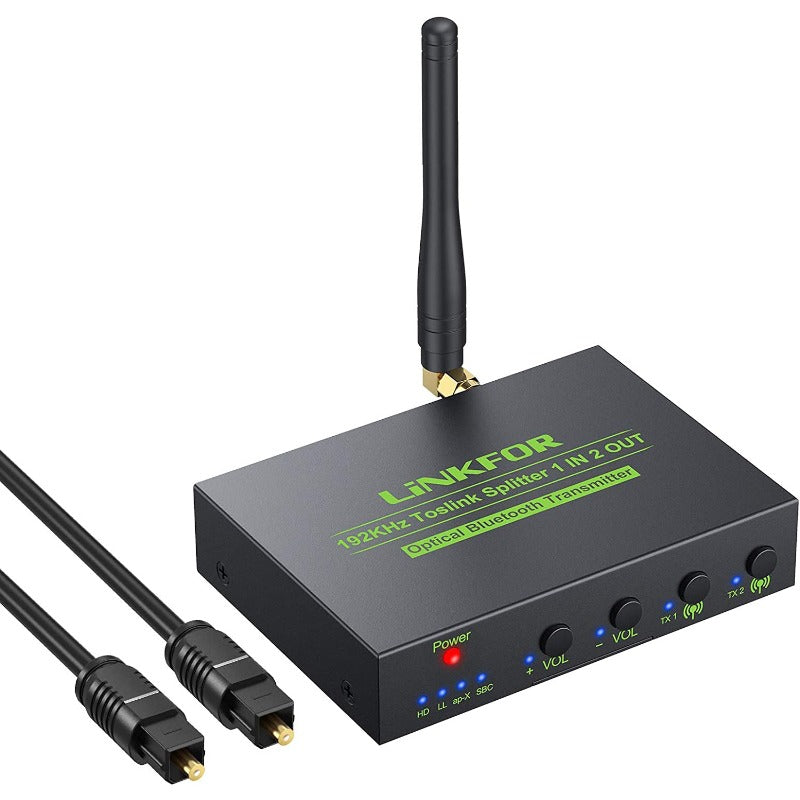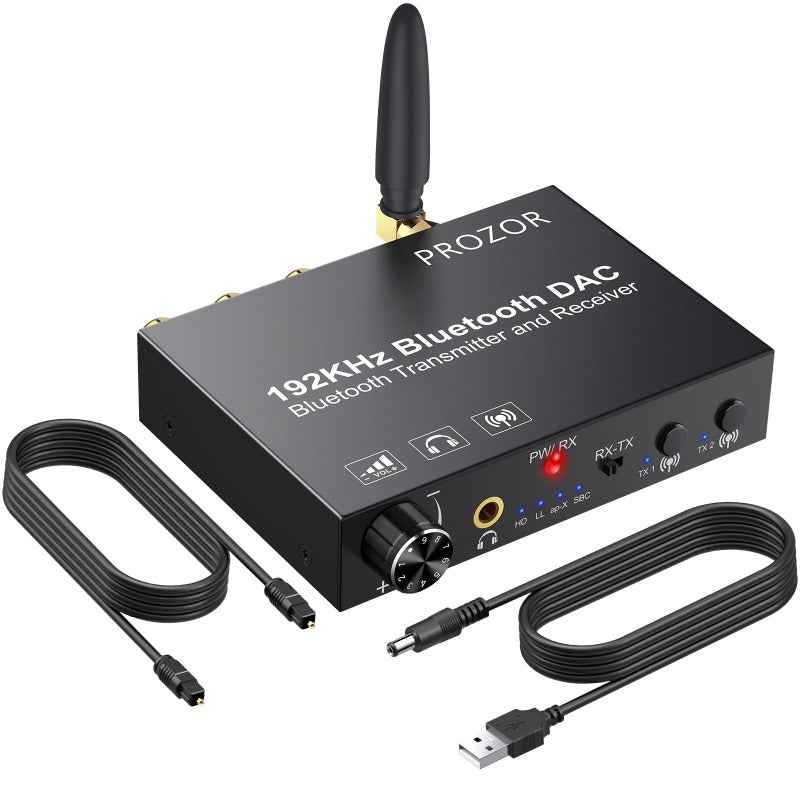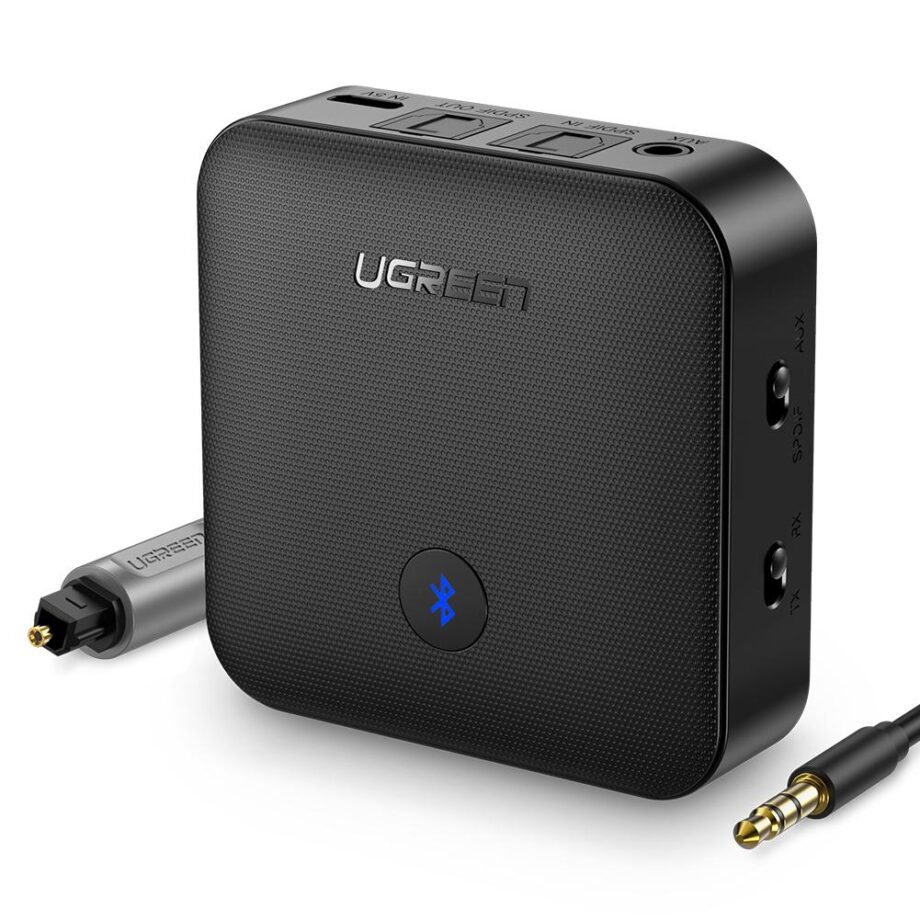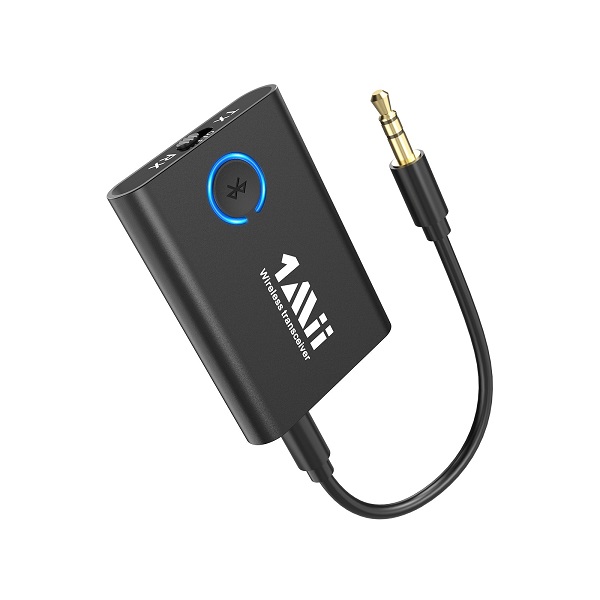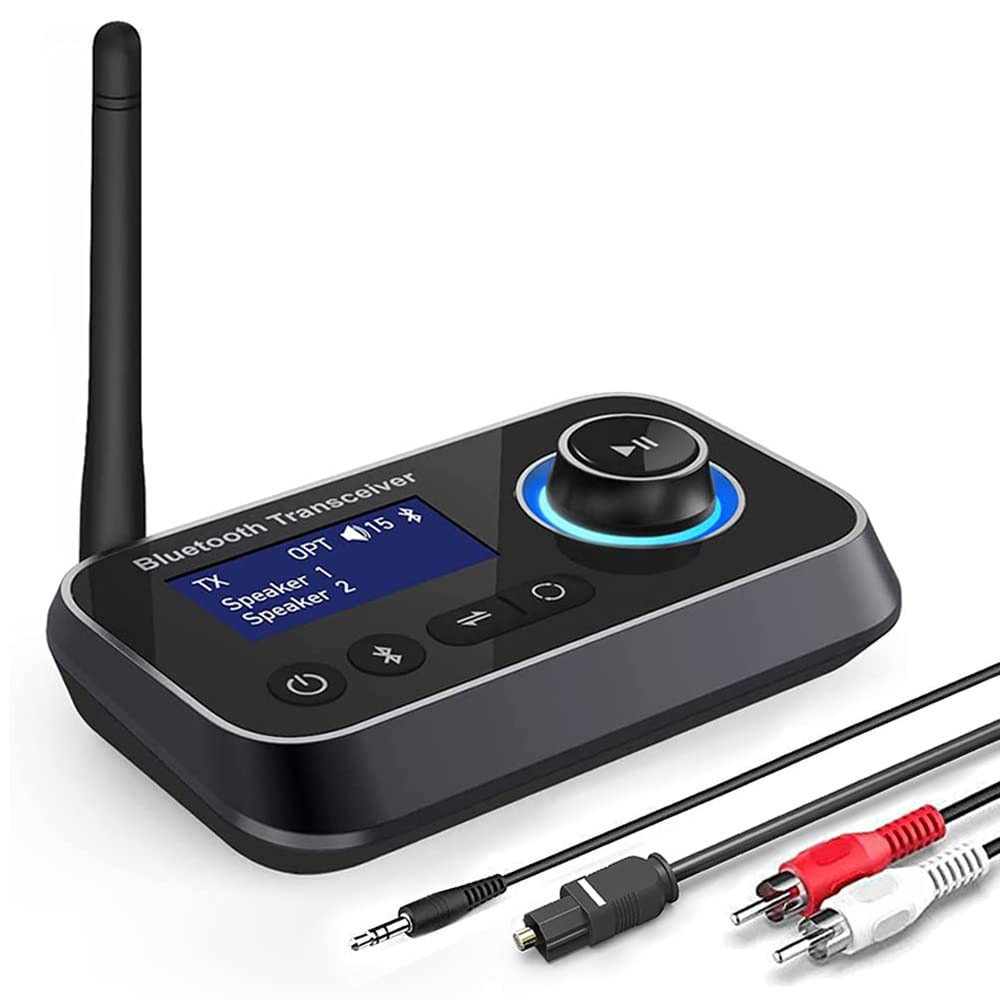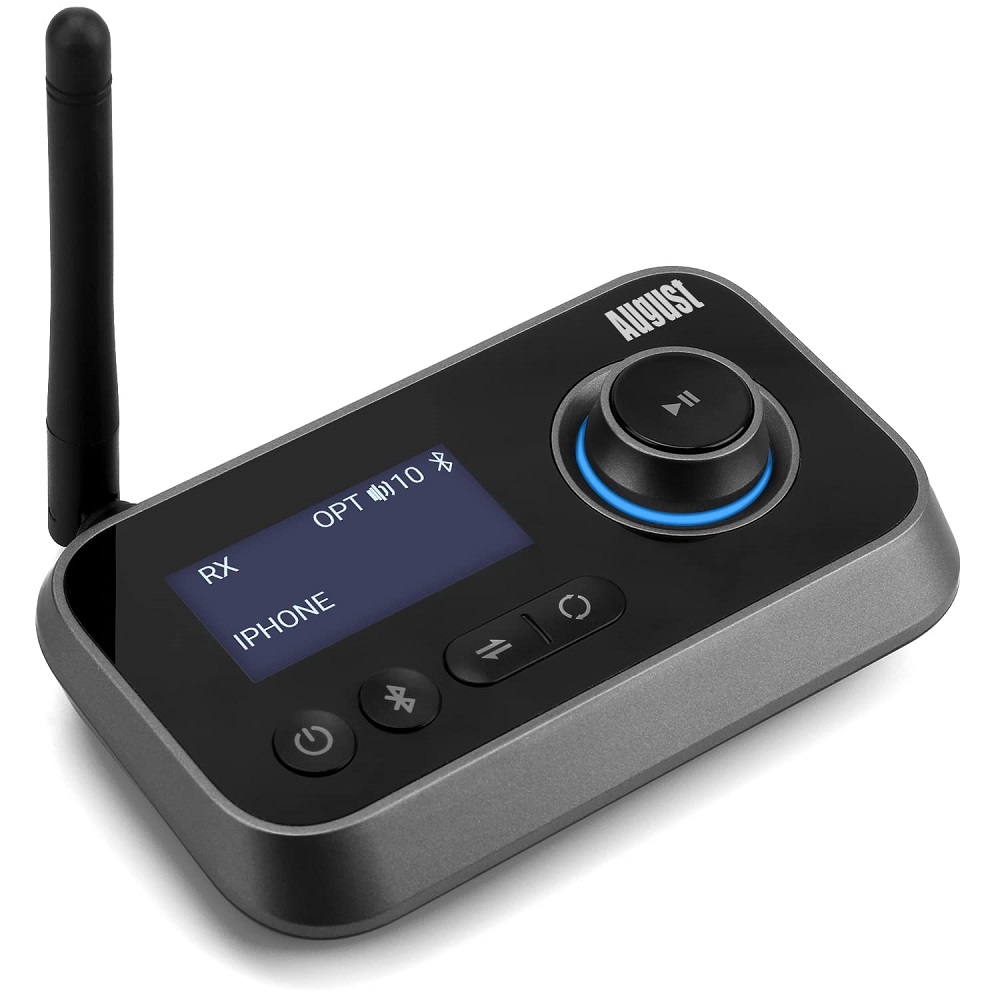Bluetooth technology has changed how we connect devices wirelessly. Among the many components of this technology, Bluetooth transmitters play a crucial role. These transmitters enable devices to send audio or data signals seamlessly. Whether you want to listen to music, watch movies, or connect devices in your home, a Bluetooth transmitter can help. This article explores Bluetooth transmitters, their features, benefits, and ways to utilize them effectively.
What is a Bluetooth Transmitter?
A Bluetooth transmitter is a device that allows audio or data to be sent wirelessly. It converts analog audio signals into digital data and transmits it via Bluetooth. This makes it easy to connect older devices that lack Bluetooth functionality. For example, you can connect a non-Bluetooth TV to wireless headphones. This is particularly useful for people who want to enhance their audio experience without the clutter of wires.
Bluetooth transmitters often come in various forms, including small dongles, built-in features in devices, or standalone units. Their primary function is to capture audio signals and send them to Bluetooth-enabled receiving devices, like headphones, speakers, or smartphones.
How Does a Bluetooth Transmitter Work?
Bluetooth transmitters operate by using a simple process. When you want to send audio from a source device, the transmitter captures the audio signal. It then converts this signal into a Bluetooth data format. After conversion, the transmitter broadcasts the audio wirelessly within a specific range.
The receiving device, such as Bluetooth headphones, picks up this signal. It decodes the Bluetooth data back into audio, allowing you to hear the sound. This process happens very quickly, usually within milliseconds, so the listener experiences little to no lag.
Types of Bluetooth Transmitters
Bluetooth transmitters come in various types. It’s essential to know these types to choose the right one for your needs. Here we examine some common varieties of Bluetooth transmitters.
USB Bluetooth Transmitters
USB Bluetooth transmitters are among the most popular types. They are compact, easy to use, and compatible with many devices. Simply plug the USB transmitter into the USB port of your computer or laptop, and you’re ready to go.
These transmitters allow you to enjoy wireless audio from your laptop to your headphones or speakers. Most USB Bluetooth transmitters are plug-and-play, meaning you don’t have to install any special software. This ease of use makes them perfect for individuals who are not tech-savvy.
3.5mm Bluetooth Transmitters
Another common type is the 3.5mm Bluetooth transmitter. This device plugs into the audio jack of a device, such as a TV or music player. They are handy for older devices that don’t have built-in Bluetooth capabilities.
Once connected, these transmitters work similarly to USB models. They capture the audio signal and transmit it wirelessly. The compact size of 3.5mm Bluetooth transmitters makes them portable. You can easily carry them in your pocket or bag.
Bluetooth Transmitter Receivers
Some devices combine the roles of both a transmitter and receiver. This means they can send and receive signals. For example, a Bluetooth receiver can take audio from a device and send it to wired speakers. Conversely, it can use a transmitter function to send audio from a device to wireless speakers or headphones.
This dual functionality makes these devices versatile. You can easily switch between transmitting and receiving modes, depending on your needs. It’s perfect for those who wish to create a complete wireless sound system.
Key Features of Bluetooth Transmitters
When selecting a Bluetooth transmitter, several features should be considered. Each feature contributes to the device’s overall functionality and compatibility. Below we discuss some key features that stand out.
Audio Codec Support
Audio codec support is crucial for sound quality. Bluetooth transmitters support various audio codecs, such as SBC, AAC, aptX, and LDAC. The codec determines how audio is compressed and decompressed during transmission.
Higher quality codecs like aptX and LDAC offer better sound quality and lower latency. This is particularly important for activities such as watching movies or gaming, where sync between audio and video is essential. Before purchasing a Bluetooth transmitter, check which codecs it supports, especially if you prioritize sound clarity and detail.
Connection Range
The connection range is another important feature. Most Bluetooth transmitters operate within a range of 30 to 100 feet (9 to 30 meters). The range can vary based on obstacles, such as walls or other electronic devices.
If you need to connect devices that are far apart, look for a transmitter with an extended range. Some high-quality transmitters claim up to 200 feet in open spaces. This feature is especially beneficial for people who use Bluetooth for streaming music or audio in larger rooms.
Battery Life
For portable Bluetooth transmitters, battery life is vital. A long-lasting battery allows you to enjoy your music or audio without frequent recharges. Many portable models have a battery life ranging from 8 to 20 hours.
Before buying, check the specifications for battery life. Some devices also offer fast charging features, which can reduce downtime. Look for transmitters with power-saving modes to extend battery life further.
Benefits of Using a Bluetooth Transmitter
Bluetooth transmitters offer various advantages. These benefits make them an excellent addition to your tech collection. Let’s explore some of the primary benefits in more detail.
Wireless Convenience
One of the most significant advantages of Bluetooth transmitters is the convenience they provide. Wireless connections eliminate the hassle of tangled cords and cables. Whether you want to listen to music or watch movies, a Bluetooth transmitter creates a clean, clutter-free environment.
This convenience extends to movement. You’re not tethered to a device, allowing you to move freely around your home or office. You can cook, clean, or work comfortably while still enjoying audio entertainment.
Compatibility with Older Devices
Many households still have older devices that lack Bluetooth functionality. Bluetooth transmitters bridge this gap, allowing you to connect these devices to modern wireless accessories.
For instance, you can connect a vintage stereo system to Bluetooth speakers or headphones using a 3.5mm transmitter. This compatibility saves you from investing in new devices while still enjoying quality sound.
Enhanced Audio Experience
Using a Bluetooth transmitter can enhance your overall audio experience. Many transmitters offer superior sound quality compared to built-in device speakers. This is especially true when using high-quality headphones or speakers.
Additionally, many transmitters support various audio codecs that improve sound clarity and detail. This means you can enjoy clearer highs and richer bass. The result is a more immersive listening experience, whether you’re streaming music or watching movies.
How to Use a Bluetooth Transmitter
Using a Bluetooth transmitter is typically straightforward. However, it’s helpful to understand the general steps involved. This knowledge ensures you get the most out of your device. Here are the basic steps to follow.
Step 1: Connect the Transmitter
First, find the appropriate port on your device. This could be a USB port or a 3.5mm audio jack. Plug the Bluetooth transmitter into the chosen port. If it’s a portable model, ensure it’s charged.
Step 2: Power On the Device
Next, turn on your Bluetooth transmitter. Some models may have a power button, while others may activate automatically when connected. Refer to the instruction manual for your specific device for clarity.
Step 3: Pair with Your Audio Device
Once the transmitter is powered on, it will be in pairing mode. Take your Bluetooth headphones or speakers and put them in pairing mode as well. They should be discoverable by the transmitter. When both devices recognize each other, they will connect automatically.
Step 4: Adjust Settings
After pairing, it’s essential to check your audio settings. Make sure the volume on both the transmitter and receiving device is set to an appropriate level. This will prevent sudden loud sounds when you start playback.
Step 5: Enjoy Your Audio
You’re now ready to enjoy your audio wirelessly! Play music, watch movies, or listen to podcasts without any cords getting in the way. If you experience any connectivity issues, try re-pairing the devices or resetting the transmitter.
Troubleshooting Common Issues with Bluetooth Transmitters
Like any technology, Bluetooth transmitters can sometimes have issues. Understanding common problems can help you troubleshoot effectively. Below are some typical issues and potential solutions.
Poor Sound Quality
If you experience poor sound quality, check the audio codec used. Different codecs offer varying levels of sound clarity. Switching to a higher-quality codec can help. If both devices support it, consider using aptX or LDAC for optimal audio quality.
Also, ensure the transmitter and receiver are within a suitable range. Obstacles like walls can interfere with the signal. Reducing distance or removing obstructions can lead to clearer sound.
Connection Drops
Frequent disconnections can be frustrating. One potential cause is interference from other electronic devices. Move away from Wi-Fi routers or microwaves, as they can disrupt Bluetooth signals.
If the issue persists, try disconnecting and reconnecting the devices. Sometimes a fresh connection resolves various issues. Additionally, ensure that both your transmitter and receiving device have updated firmware.
Difficulty Pairing Devices
Difficulty in pairing devices could stem from multiple reasons. First, make sure both devices are in pairing mode. Double-check the user manual to understand how to activate pairing for each device.
If you still can’t connect, consider resetting both devices. This often clears out any lingering connection problems. After resetting, try to pair them again and see if the issue resolves.
Choosing the Right Bluetooth Transmitter
Selecting the right Bluetooth transmitter can enhance your experience significantly. With various options available, understanding your needs is crucial. Consider the factors outlined below to make an informed choice.
Your Specific Needs
Think about what you’ll primarily use the Bluetooth transmitter for. If you mainly want to stream music from your computer, a USB model may suit you. However, if you plan to connect multiple devices, a dual transmitter may be worthwhile.
For portable use, battery life becomes important. Look for a model that offers the duration you need for uninterrupted usage.
Budget
Bluetooth transmitters come at various price points. Set a budget and stick to it, but ensure you don’t sacrifice quality for cost. Cheaper models may lack certain features or compatibility.
Consider models from reputable brands that offer warranties or guarantees. Investing a bit more upfront can save you future frustrations with low-quality products.
Reviews and Recommendations
Research is key when choosing a Bluetooth transmitter. Read customer reviews and product ratings online to understand user experiences. Personal recommendations from friends or family can also be informative.
Look for common themes in reviews, such as sound quality, stability, and ease of use. This information will guide you toward making a satisfactory purchase.
Popular Uses for Bluetooth Transmitters
Bluetooth transmitters have a wide range of applications. Knowing these uses helps you understand their versatility. Below, we explore popular uses for Bluetooth transmitters.
Streaming Music
A common use for Bluetooth transmitters is streaming music. Connect the transmitter to your computer or music player and enjoy wireless playback on Bluetooth speakers or headphones.
Many people appreciate the freedom of movement that wireless audio provides. You can easily move around the house or office while listening to your favorite tunes.
Watching Movies
Bluetooth transmitters are also perfect for watching movies. You can connect your TV to Bluetooth headphones for an immersive experience.
This is especially useful in shared living spaces where you may not want to disturb others. Using a Bluetooth transmitter allows for freedom in audio output without disturbing anyone around you.
Gaming
Gamers also benefit from Bluetooth transmitters for a more immersive experience. By connecting a Bluetooth transmitter to a gaming console, you can use wireless headphones. This setup enables high-quality sound without the hassle of cords.
Low latency models are particularly advantageous for gaming, ensuring there is no noticeable delay between action on the screen and sound.
future of Bluetooth Transmitters
The future of Bluetooth transmitters appears bright as technology continues to evolve. New developments promise improved sound quality, greater range, and enhanced functionalities. Here’s a look at what to expect moving forward.
Advancements in Audio Quality
We are likely to see improved audio codec support that enhances sound quality further. Newer codecs could provide even better compression and decompression, making audio clearer and more detailed.
As technology advances, consumers will also demand better sound experiences. This pressure will drive manufacturers to innovate and produce higher-quality transmitters.
Increased Connectivity Options
Expect future Bluetooth transmitters to offer increased connectivity options. This may include improved compatibility with other wireless technologies, such as Wi-Fi or Zigbee.
Such integrations enable seamless connections and quicker data transfer. Imagine effortlessly moving between audio streaming on Bluetooth to smart home controls, all from a single device.
Eco-Friendly Designs
Another trend to look for is the adoption of eco-friendly designs. As consumers become more environmentally conscious, manufacturers will respond by creating sustainable products. This could include using recycled materials or developing energy-efficient technologies in Bluetooth transmitters.
These designs not only appeal to eco-conscious consumers but also contribute positively to the environment.
Final Thoughts
Bluetooth transmitters offer a fantastic way to enhance connectivity and audio experiences. In an increasingly wireless world, these devices become essential for enjoying modern technology.
By understanding their features, benefits, and uses, you can maximize your enjoyment of audio and data streaming. Whether you’re an audiophile or a casual listener, Bluetooth transmitters bridge the gap between old and new technology, making them invaluable tools in today’s digital age.
As the technology evolves, we can expect improvements in sound quality, connectivity, and usability. This ongoing innovation ensures Bluetooth transmitters will continue to play a crucial role in how we engage with our devices.
